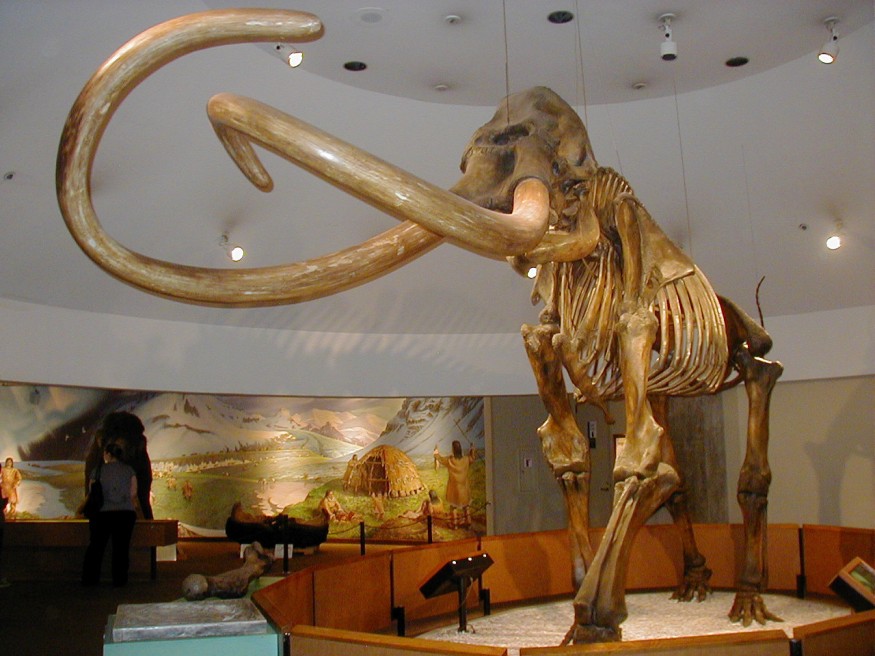During a 2019 deep-sea exploration, researchers sent 185 miles off of the coast of Central California. To untrained eyes, it may seem like a gigantic wooden log. However, for researchers, it was an unusual discovery: a 3-foot long mammoth tusk. Researchers returned in July to retrieve the 10,000-year-old sample.
What are Mammoths?

According to UCMP Berkeley, Mammoths were first described by Johann Friedrich Blumenback, a German scientist, in 1799. He named the species Elephas primigenius because of elephant-like bones unearthed in Europe. Both Bargon Georges Cuvier and Blumenback concluded that the bones were not elephants, but in fact, belonged to an extinct species. It was later considered as a separate genus and renamed mammuthus primigenius.
Mammoths come from an ancestral species known as M. africanavus or African mammoth. They lived in northern Africa, disappearing from the face of the earth roughly 3-4 million years in the pants. Its descendants moved northward, eventually residing in Eurasia. 1.8 million years ago, the good advantage of low sea levels crossed into Northern America via a land bridge across the Bering Strait during the early Pleistocene era.
Read also: Mammuthus Primigenius: Human Activities Speed Up Extinction of Ancient Woolly Mammoths, Study Says
100,000 Mammoth Tusk Discovery off of the Central California Coast
Although previously, other mammoth fossils were discovered from the ocean, it is a rare occurrence. Such objects nestling along the deep seafloor is not something scientists get used to. Daniel Fisher, a paleontologist from the University of Michigan, explains that the tusk's deep-sea preservation environment differs from almost anything scientists have seen. Where other mammoths have been unearthed from the ocean generally from shallower depths of tens of meters, reports CBS SF Bay Area.
Ultimately, scientists determined that the deep-sea mystery belonged to young female Columbian mammoths that possibly lived during the lower Paleolithic era, spanning 2.7 million to 200,000 years in the past. Researchers are currently working to determine the precise age of the creature as well as other details regarding its life, including the mammoth's diet and how often it reproduced.
Researchers theorize that the recent discovery could signal the presence of other more ancient animal fossils residing in the deep seafloor.
Currently, scientists are analyzing the radioisotopes of the tusk to determine how long the animal lived. Since scientists know the natural decay rate for uranium and thorium, they can pinpoint the tusk's age based on how isotopes are still present on the tusks.
So far, the technique suggests that the tusks are roughly 100,000 years of age. The team believes that the ocean is the prime caretaker for keeping the tusks in such pristine conditions. Deep-sea temperatures are known to level above freezing on average. The frigid climate slows down the fossil's decay rate, similar to how food in freezers doesn't spoil too soon.
Likewise, fossils also have better chances of surviving in the high-pressure environment of the deep sea, where its deepest trenches may reach 1,000 times more than that of the surface.
RELATED ARTICLE : Tetrapodophis Amplectus Fossil Misclassified, Not The 'Missing Link' Between Prehistoric Snake and Modern Lizard
Check out more news and information on Paleontology in Science Times.
© 2025 ScienceTimes.com All rights reserved. Do not reproduce without permission. The window to the world of Science Times.












